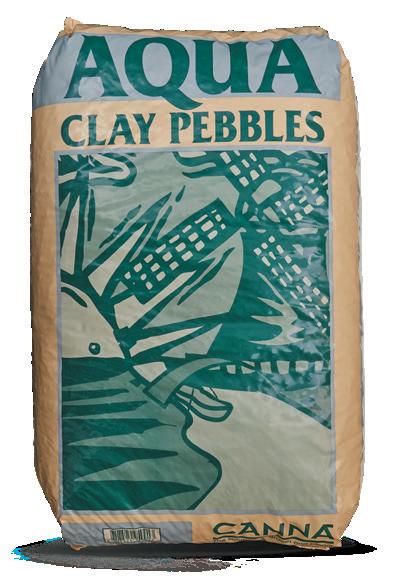







As we cosy up during the colder months, it’s time to talk about our winter-loving veggies—the brassicas! In this issue of CANNATalk, we dive deep into broccoli, including its fascinating history as one of Italy’s less famous food exports, its remarkable health benefits, and a fabulous roasted broccoli recipe sure to warm your cockles. We tackle one of its most pesky pests too—cabbage moths and butterflies.
Our winter edition also features some fabulous tips on urban gardening, we highlight plant metabolism booster CANNABOOST, and take a trip inside the 2021 Rolling Stone Awards.
As ever, if you have a question, query, or comment— please get in touch! You can find us in the questions section at www.canna.com.au or www.canna.co.nz.
Happy Gardening!
Whether you’re a still getting the hang of your green thumbs, or you’re a veteran plant parent, peat moss has a lot to offer. That’s why CANNA has developed a special line of nutrients and substrates for growing plants in peat-based potting mixes—CANNA TERRA.




Not all soil is created equal. Some is wet and heavy; some is loose and dry. With CANNA Terra Professional, you can have a rich base at your fingertips without the hassle.
This nitrogen-rich peat-based potting mix designed for premium plant cultivation is unlike anything you will find in a garden centre, and contains a blend of upgraded coloured peat, granulated peat moss and perlite. Free from disease, promoting exceptional root development, thicker stems and higher yields, CANNA Terra Professional is the potting mix you’ll want to sink your fingers into.


Are your potted plants looking a little droopy? Perk them up with CANNA Terra Vega! This complete professional nutrient for the growing phase of plants has been specially developed for pot plants and potting mix and ensures a strong plant with large, vigorous shoots and luxuriant root development—vital for healthy, powerful growth and high yields. Easy to use and rich in nitrogen, iron chelates and trace elements, CANNA Terra Vega guarantees complete absorption of water and food from the start of cultivation to the final harvest.
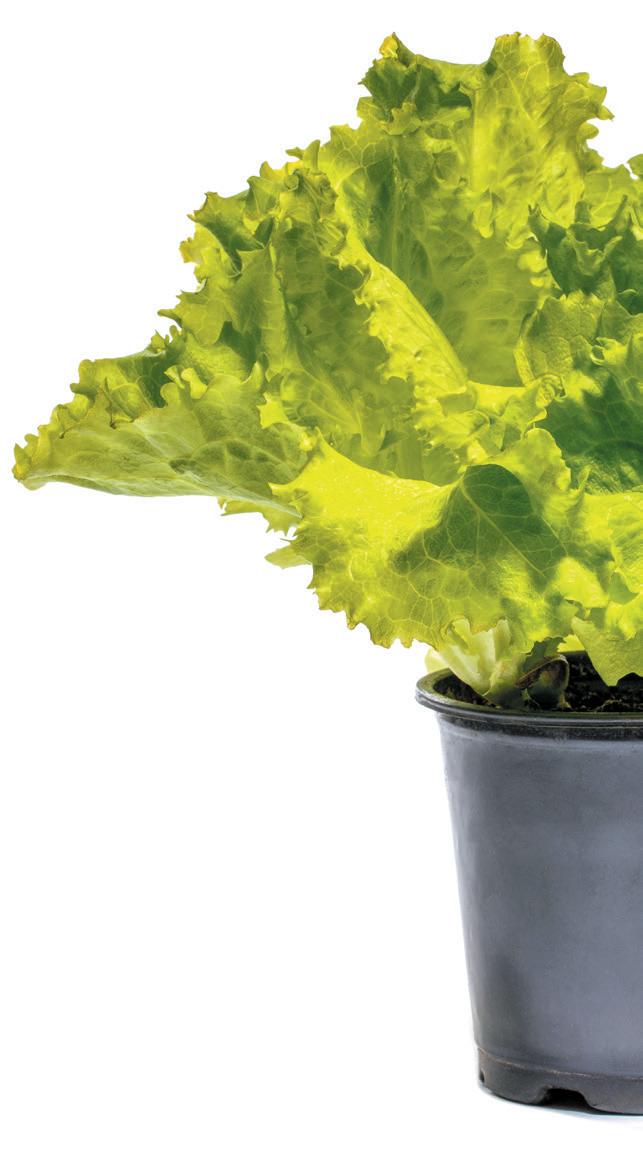





Make your buds blossom with CANNA Terra Flores. A professional nutrient designed for the flowering phase of plants and specially developed for pot plants and potting mixes, CANNA Terra Flores stimulates fructification and prevents the binding of nutritional ions, which play a crucial role during the plant’s flowering phase.
Containing all the nutrients that flowers need, Terra Flores is also rich in immediately absorbable chelated trace elements, promoting lavish growth and flowering.

COVID-19 forced Aussies to spend unprecedented amounts of time in their homes last year, and nowhere is that more evident than in our spending on plants. We paid $2.6 billion for more than two billion plants in 2020. Sales of herbs and vegetables shot up 27 per cent.
But what if your home is small? How can you get fresh fruit and veg in an apartment or unit when time and space for gardening is tight?
Luckily, there are quite a few ways to grow your own fresh food when you don’t have a traditional garden. Window boxes can be a great way to add some extra colour, a hydroponic setup can bring some fresh herbs to your plate, while a balcony can host miniature fruit trees or a vertical veggie patch. All you need is a little time, patience and knowhow and you’ll be harvesting at home before you know it!
Image by Karolina Grabowska
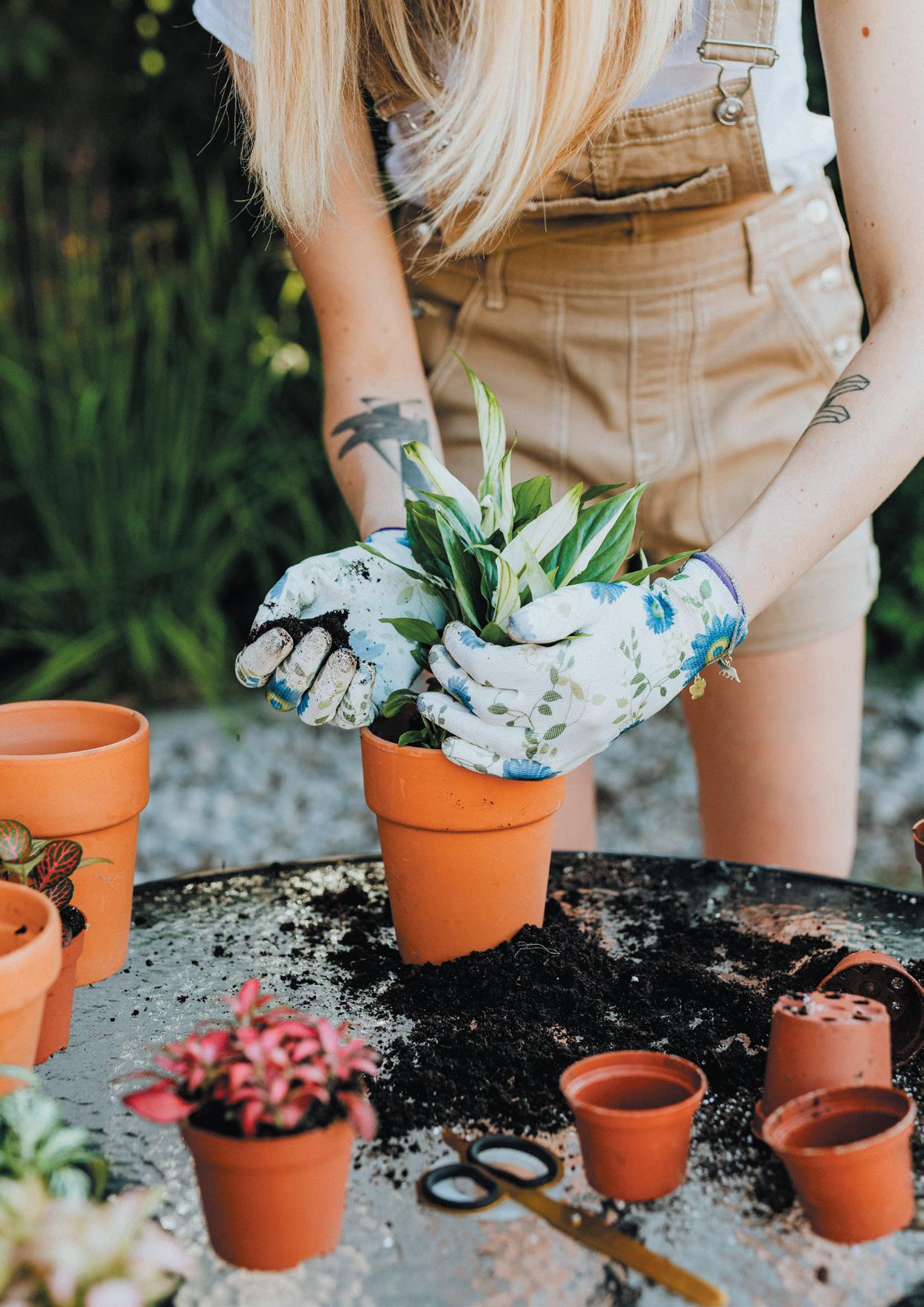

Don’t like getting your hands dirty? Hydroponics is a fantastic method of growing plants where all the nutrients are supplied via water. It’s also a great way to garden when you’re pressed for space. A small, windowsill-size setup can be purchased for a small investment (depending on your budget) and regardless of the cultivation system you choose CANNA has the answers. If you opt for an open system in which old nutrients are drained away, CANNA Classic is the perfect plant food, while if you choose a closed or re-circulating system, CANNA Aqua and CANNA Aqua Clay Pebbles (also known as Leca) are the way to go. You’ll be feasting on fresh basil in no time!


Balconies can be a great place to grow everything from leafy vegetables to citrus trees—it all depends on the right light, food, water and a little TLC. If your balcony has limited space, going up is a great way to go—think of a wall of lettuce, rocket, parsley, sage and trailing tomatoes! If you have a little more room to move, consider investing in a dwarf lemon tree or set up a pot full of strawberry plants. And don’t forget to feed, feed, feed! CANNA Terra Vega and CANNA Terra Flores will ensure a hearty harvest.


Every home has a sunny window—and you can use the light to grow plants in myriad ways. Raise herbs or leafy greens in a planter box chock full of CANNA Terra Professional potting mix, water generously and feed with CANNA Terra Vega—and you’ll soon be rolling in rocket! Or bring some colour into your home by planting hardy flowers like petunias, pansies or geraniums.
Love it, hate it, or secretly feed it to the dog under the kitchen table, broccoli has conquered the world. Essentially a large, edible flower bud, broccoli is a human invention, nurtured into being from wild cabbages growing on the shores of the Mediterranean Sea over 2,500 years ago. Today, after centuries of refinement and cultivation, it’s a healthy superfood we enjoy in everything from stir-fries to salads.



If there can be such a thing as a ‘party’ vegetable, broccoli would be it. The Etruscans, who first cultivated broccoli between 800 and 390BC in central Italy, were skilled farmers, sailors and traders, but were better known for their wild orgies, sumptuous banquets and devotion to the good life. They loved serving their newly invented veggie in creamy sauces, or boiled in wine and spices, but were also said to chew broccoli raw before their feasts to increase their tolerance to the copious amounts of booze that was served.
From Italy, the vegetable spread throughout Europe, reaching the French court in 1533, then England in 1724, where it was known as ‘Italian asparagus’. Thomas Jefferson was growing broccoli on his Virginian plantation in 1767, and just a few decades later in 1788, Siberian broccoli (a hardy, purple variety) was planted on Australia’s Norfolk Island.
Broccoli’s popularity has soared over the last century, as Italian immigrants spread across the world and shared the delicious potential of these tasty and super-healthy ‘little trees’.
Broccoli and its cousins—cauliflower, kale, brussels sprouts and kohlrabi—are all cultivars of wild cabbage Brassica oleracea. These veggies are so closely related that they can naturally cross with each other if pollinating insects swap their pollen, sometimes resulting in new brassica varieties like broccolini.
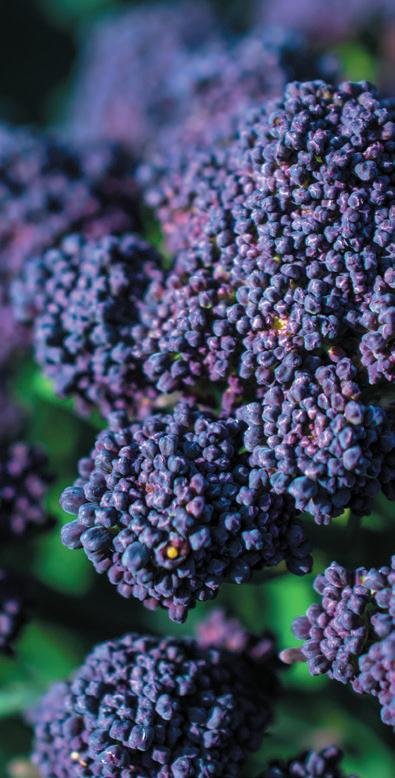

The most familiar broccoli variety in Australia is probably the Calabrese, with its large green head and thick stalk, but sprouting broccoli, with its larger number of heads and many thin stalks, and Romanesco broccoli, known for its striking yellow-green colour and small cone-shaped heads arranged in spirals, are also widely available.
Broccoli is a wildly versatile veggie and there’s almost certainly a recipe out there to win over even the most ardent broccoli hater. This is the little plant that keeps on giving—the heads, stems and tender leaves can all be cooked or thrown raw into your salads, giving you a variety of textures and flavours. The stalks and flower florets can be steamed, boiled, pickled, roasted, pan-fried or microwaved as a side dish, in stirfries, pastas, salads, crepes, casseroles, soups, omelettes or with dips.
Wintery broccoli loves chilly weather, and although it can be sown year-round in Australia, the colder months are best. Seeds can be sown directly in the garden or in trays for later transplanting, and the heads are ready to harvest in 60 to 150 days.
Broccoli thrives in a well-prepared base, so about one month before planting, ensure the bed is well drained, loaded with organic

by

matter and well-rotted compost with a pH of 6.5-7. Choose a sunny position, protected from strong winds and leave about 40cm between each seedling. If sowing in pots or trays, use CANNA Terra in combination with a good seed raising mix (or mix your own with CANNA Coco, mushroom compost and perlite) and water to keep the base moist. Transplant the seedlings into the garden when they reach around 7cm and feed with CANNA Vega.

Broccoli is a hungry veggie, especially in the month leading up to harvest. Feed weekly with CANNA RHIZOTONIC or compost tea and as the heads appear, a deep soaking with CANNA Terra Flores will leave you with big, tight, delicious florets. If the leaves on your plant are turning yellow, it might not be getting enough nitrogen. Remedy this by dosing it up with a fertiliser like CANNA Terra Vega.
A big drinker, broccoli will become stressed if not watered deeply and consistently. Make sure water reaches the roots every couple of days to produce strong, sweet heads and avoid bitterness.
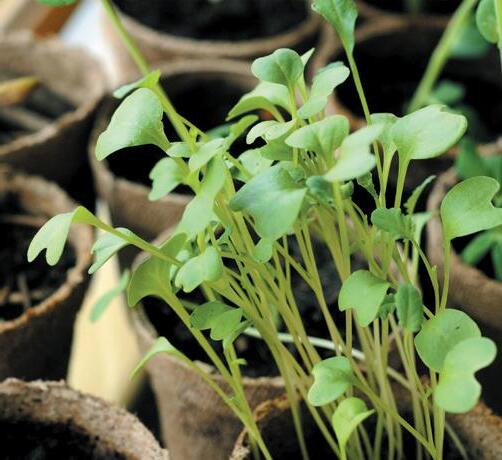
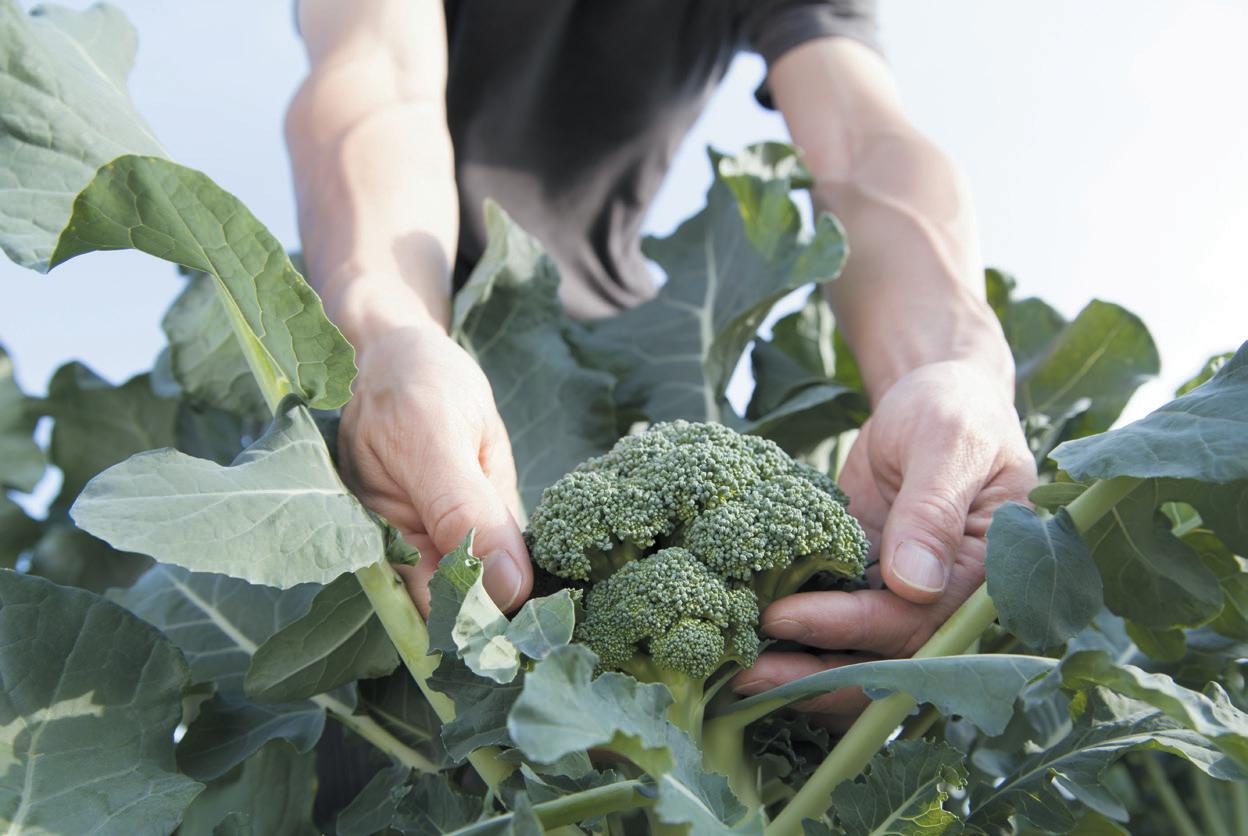



Adelaide Hydro & Vape was established in 2013, and has since grown to become Adelaide’s goto, one-stop-shop for all of your hydro and vape needs. The hydro team is led by Ron – and with Enzo and Shane now on board the sky really is the limit. This is complemented by Vape World, where Massimo and David consistently deliver an outstanding service that is second to none. Now the renovations have finished it’s the perfect time to come in and check us out. If you can’t make it into the store you can visit us at www.adelaidehydro. com.au or www. vapeworld.site





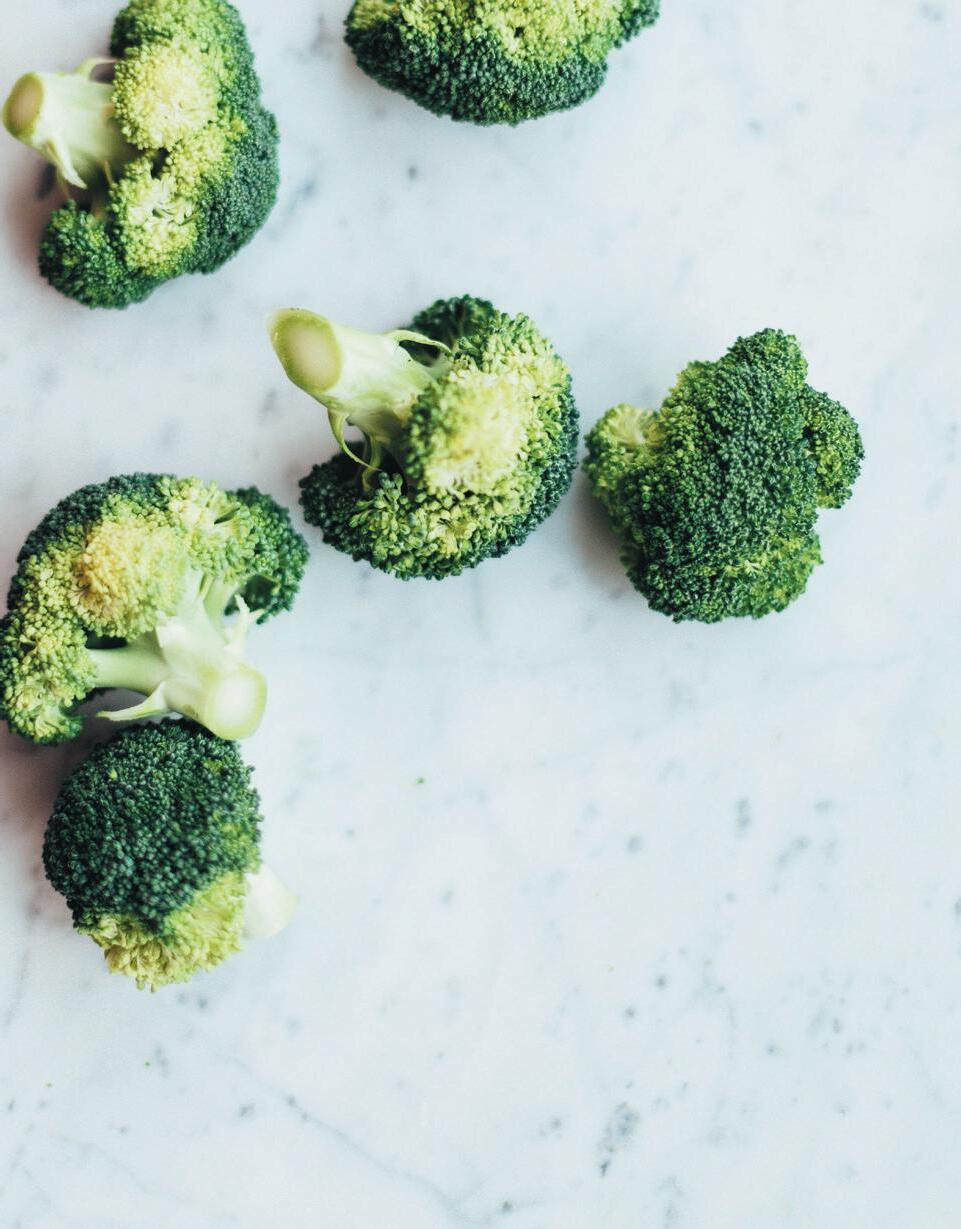
• Harvest the large central head when the buds are well formed, but before the flowers start to open.
Removing this central head will encourage smaller side shoots to form new heads—you’ll be eating more
• Keep your broccoli sweet and moist by mulching under the plants with organic material.
• Ensure you plant broccoli in a different bed each year to avoid the soil-borne problem called club root that
• Broccoli is good mates with dill, sage, mint, nasturtium, rosemary, beetroot, beans, lettuce and cucumber but you should avoid planting it

A genuine superfood, broccoli is packed with vitamin C, fibre, protein and calcium. It also contains nutrients that that have antiviral, antibiotic and anti-cancer properties, such as diindolylmethane, glucoraphanin and small traces of selenium, as well as iron, potassium, magnesium, vitamins A, E, K and B vitamins including folic acid. Studies from across the world have shown that regularly consuming broccoli, both raw and cooked, can help lower the risk of heart disease, build strong bones, promote good eye health, and could help reduce the risk of certain cancers.
Ingredients
• 1.8 kg broccoli
• 4 garlic cloves
• 5 tbsp extra virgin olive oil
• 1 tbsp pink salt flakes
• 1 tbsp freshly ground black pepper
• 1 tbsp grated lemon zest
• 2 tbsp freshly squeezed lemon juice
• 1/3 cup freshly grated Parmesan cheese

Method
1. Preheat the oven to 220°C
2. Cut the broccoli florets from the thick stalks
3. Place the broccoli florets on a sheet pan large in a single layer.
4. Thinly slice the garlic, then toss through the broccoli, season with salt and pepper and drizzle with 5 tbsp of the olive oil.
4. Roast for 20-25 minutes, until crispy and tender
5. Remove the broccoli from the oven and toss with a further 1 1/2 tbsp of olive oil, lemon zest, lemon juice, and parmesan. Serve hot.
Boost your plants with CANNABOOST
Accelerator—our exclusive flower stimulator that is guaranteed to sweeten your harvest. Chock full of plant extracts, highly specialised carbohydrate chains and amino acids, CANNABOOST Accelerator increases the production of chlorophyll and stimulates the rate of photosynthesis—processes that are vital in getting more energy into your plant.
As soon as your plant begins to flower, simply water the roots or spray the leaves with CANNABOOST Accelerator, and in no time it will be greener, healthier and covered in sweet, juicy fruit.
Most plant boosters are simply additional nutrients. True boosters like CANNABOOST really stimulate the metabolism

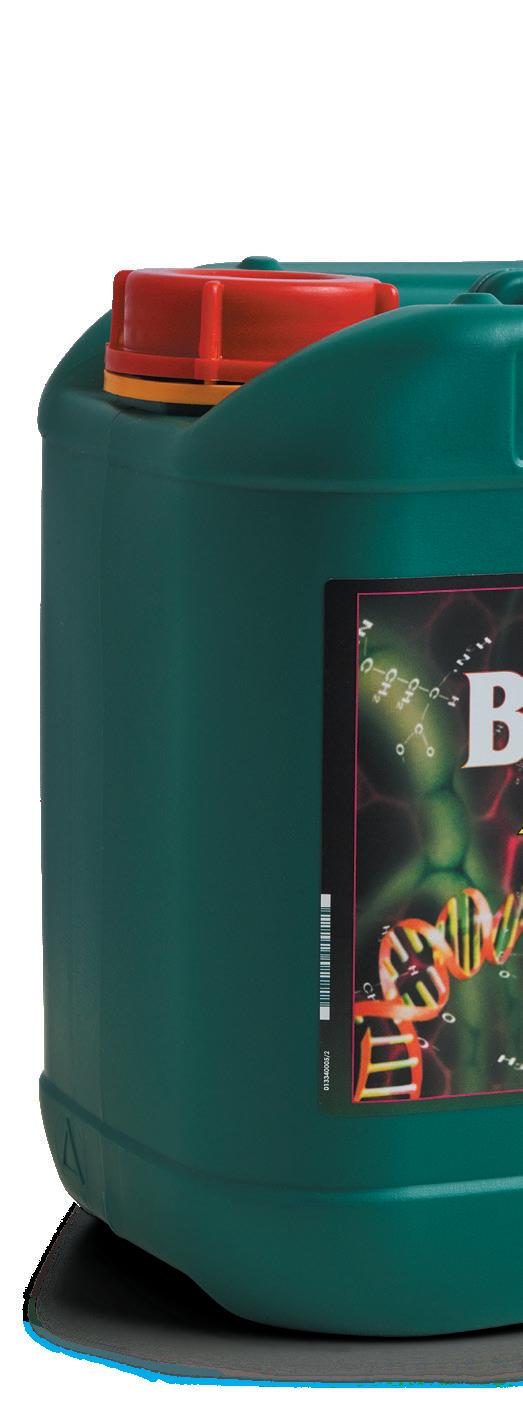

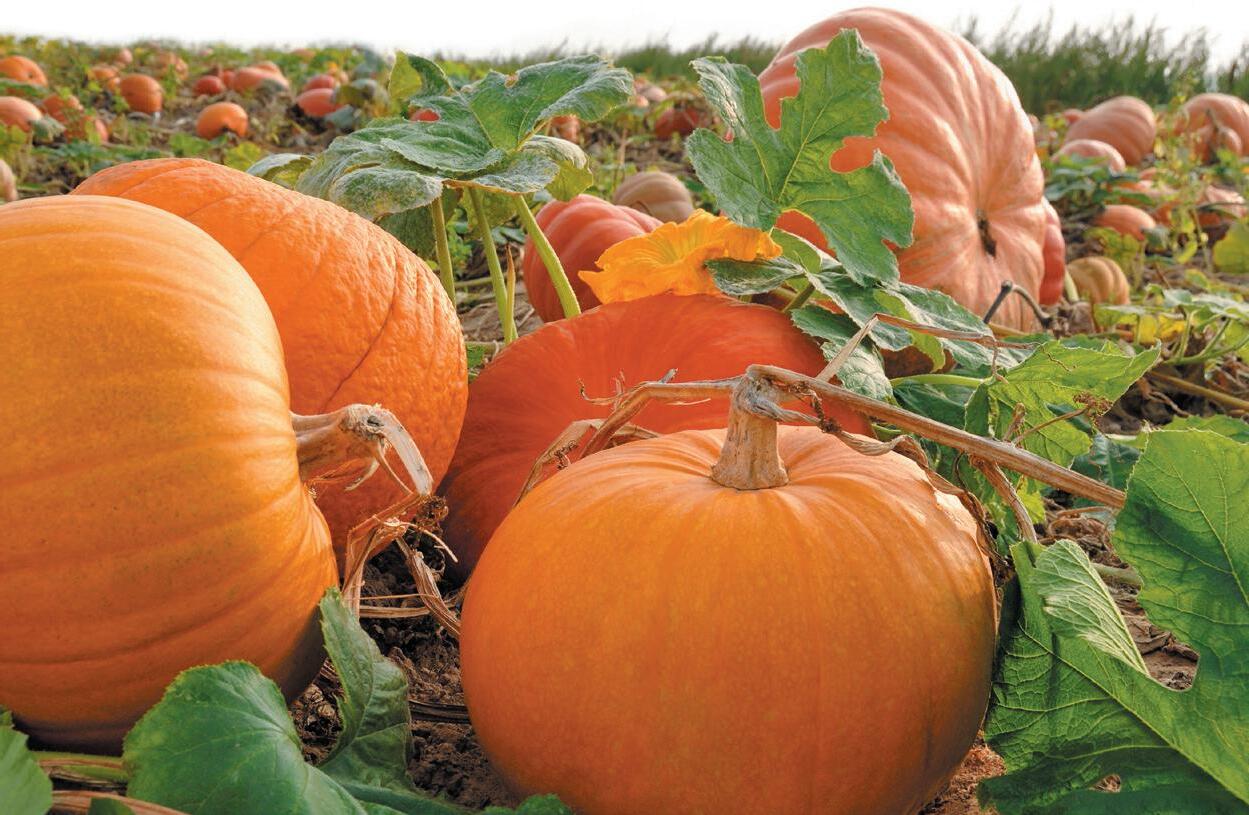
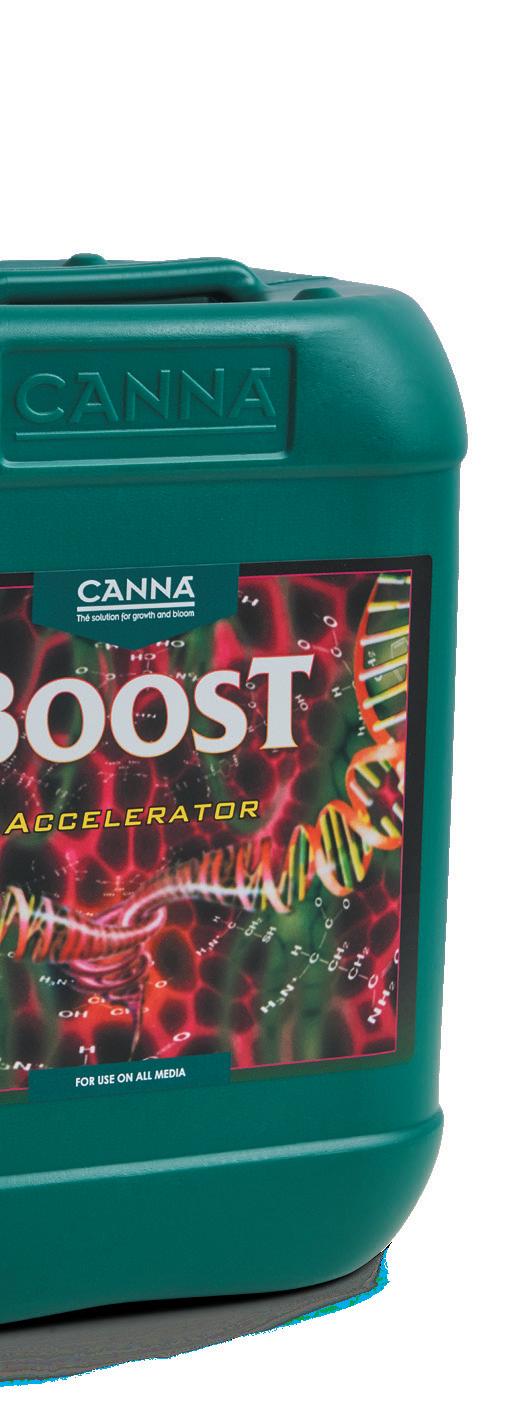
of a plant and make it healthier. Give your plants the love they deserve with CANNABOOST. The advantages of growing with CANNABOOST Accelerator include:
CANNABOOST stimulates the development of new flowers, which leads to heavier, more uniform harvests. The extra carbohydrates delivered by CANNABOOST also mean more energy and sugar within the plant and sweeter fruits.

CANNABOOST is a universal flowering stimulator— it can be used with any growing system and in combination with any feeding regime. As well as adding CANNABOOST to the substrate it can also be used as a leaf spray, which allows the plant to absorb the stimulator straight into its leaves.
CANNABOOST contains flowering stimulators that ensure better ripening and powerful plant immune systems. Natural flowering regulators help develop fruit more uniformly and finish flowering more strongly, while improved energy regulation will ensure the plant can resist diseases. If a plant doesn’t have energy at the correct place at the correct time, disease can strike—spelling disaster for your harvest.
CANNABOOST promotes both a higher yield and an exceptional taste. Increasing the speed of photosynthesis greatly increases the sugar production in the fruits. This makes the taste sweeter and the natural flavours in the fruits will be produced in higher concentrations.



• Shake bottle well before use
• Dosage: Administer CANNABOOST using a dilution of 1:500 (20 ml per 10 litres of water) from the moment that flowers start to form. For extra flowering strength, dilute 1:250 (40 ml per 10 litres of water)
• Do not use in combination with products containing hydrogen peroxide (H202)
• Use diluted solution within 4 days
• CANNABOOST can be given manually, through drip irrigation or by foliar feeding

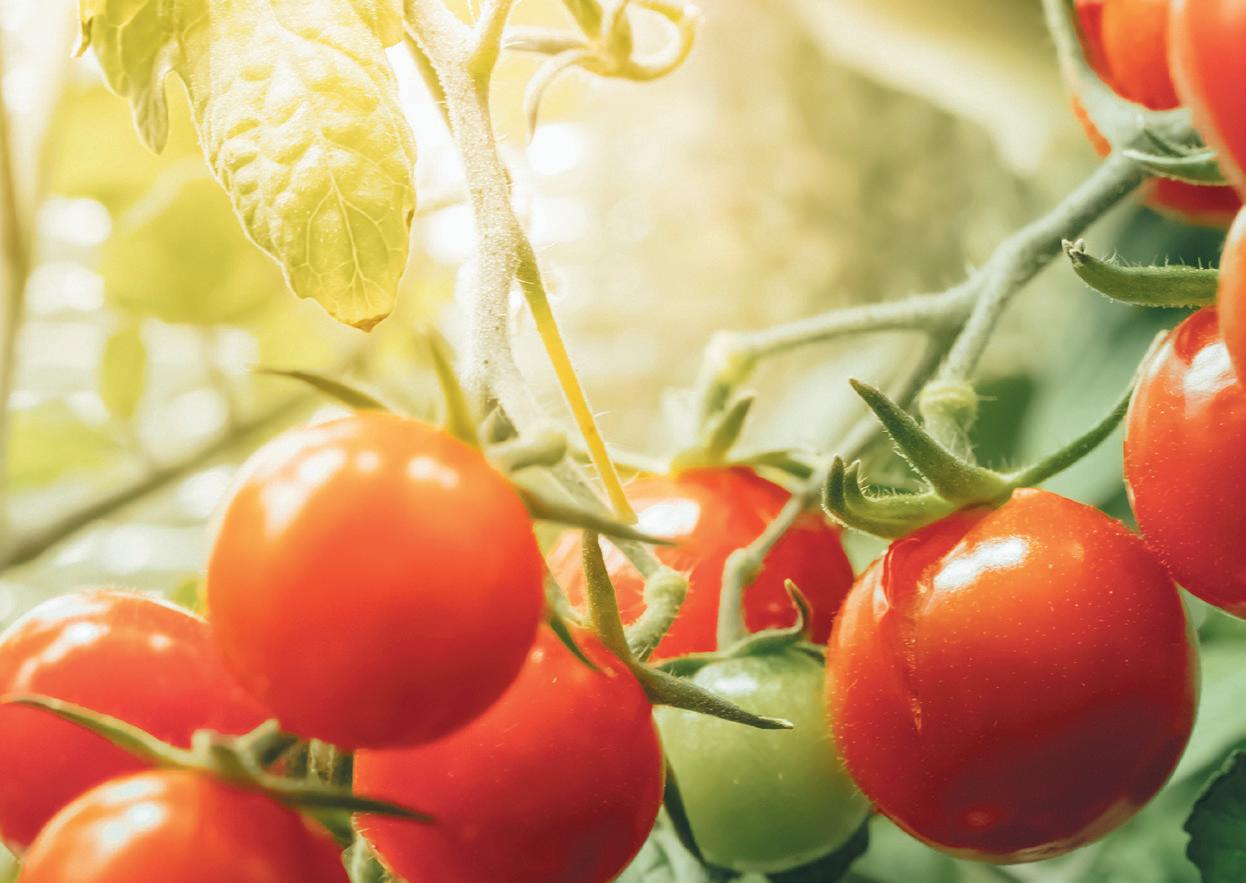


Unfortunately, it’s not only humans who love their green veggies—cabbage moths and cabbage white butterflies also love to chomp down on them, and left to their own devices, will decimate your brassicas in next to no time. The adult moths and butterflies are harmless in themselves, but if they’re given a chance to lay eggs, an army of insatiable caterpillars will soon follow. Here are a few ways of getting rid of these pesky pests...
Use old mozzie nets or window screens to form a physical barrier that stops the insects reaching your plants to lay eggs.
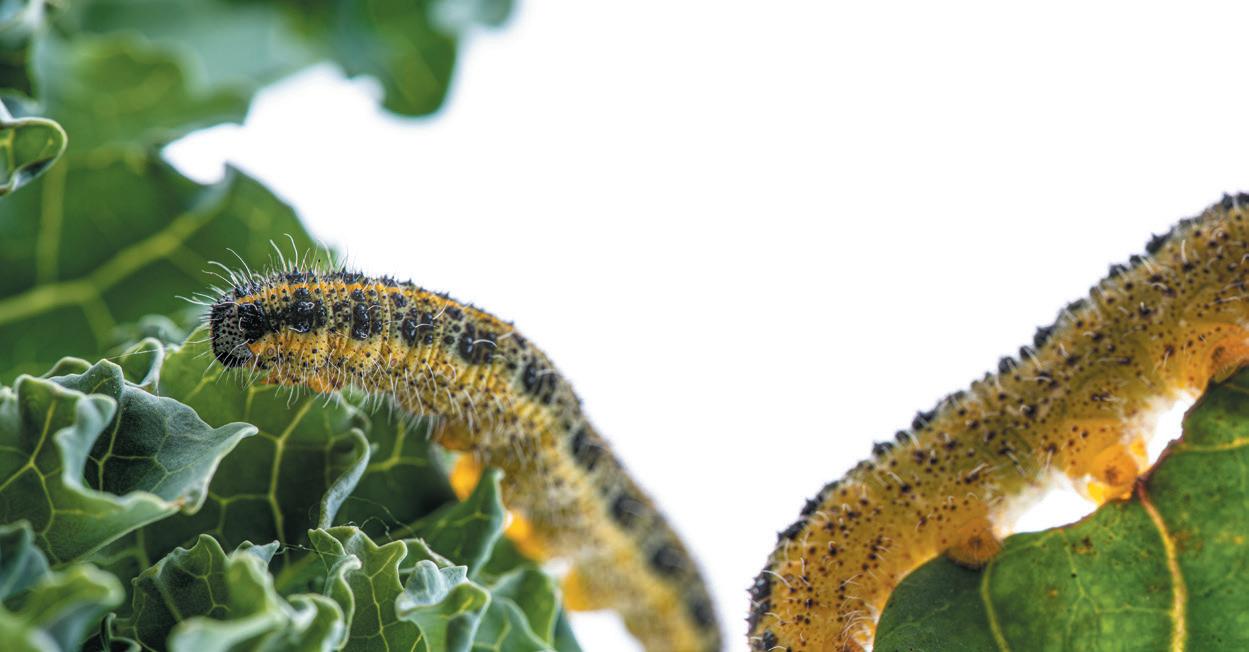


The best way to get rid of infestation is to squash the caterpillars by hand every day or feed them to the birds—check under leaves and deep in the heart of each plant—the little buggers will soon be history.
Deter highly territorial moths from laying eggs by using moth ‘scarecrows’. Cut white plastic (such as an old shopping bag) into rough moth shapes of around 40mm across and attach these to the end of twigs before planting them next to your broccoli, caulis or cabbages.
Draw moths away from your main crops by growing decoy plants like dill, nasturtiums, and mustard, or deter them by planting strong-smelling herbs such as lavender, sage, and rosemary.
If there are too many caterpillars to handle, consider an organic, eco-friendly spray such as pyrethrum or eco oil and spray to runoff, or make your own with a mix of flour and water. Mix equal quantities of plain flour and boiling water into a smooth paste. Dilute with enough cold water to make the liquid sprayable, and treat affected leaves. The flour will glue the caterpillars in place and suffocate them as the spray dries. But beware—you may be getting rid of friendly critters too.


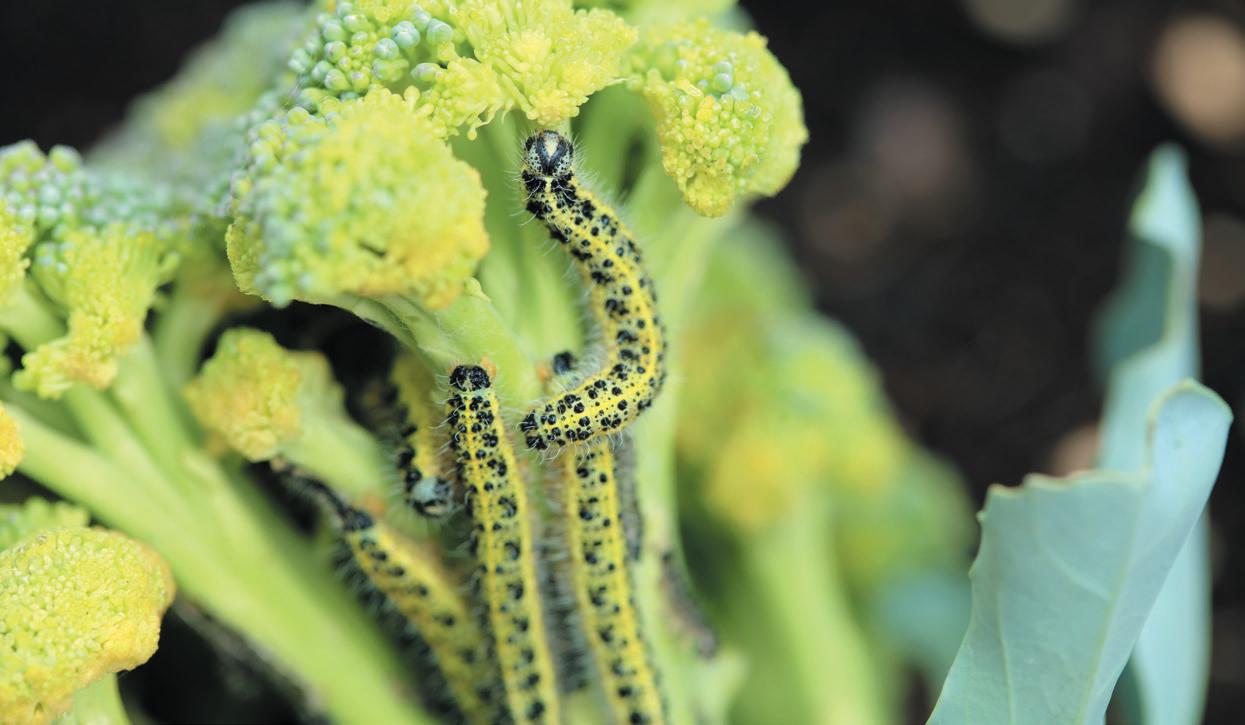
Originating in the Northern Hemisphere, the cabbage white butterfly is now one of the most common butterflies found in southern Australia after it was accidentally introduced into Melbourne in 1929. It’s believed that the war effort helped the rapid spread of the pest, with the widespread cultivation and transportation of cabbages, cauliflowers and other brassicas across the country likely to have included some caterpillar and larvae hitchhikers. Two species of wasp were introduced as biological control agents in the 1940s and have helped reduce the butterfly’s abundance and impact, though they still wreak havoc in many innocent veggie patches.















CANNA recently became a major sponsor of the inaugural Rolling Stone Australia Awards. Bookended with mesmerising performances by Mia Rodriguez and Tash Sultana, the awards paid tribute to the best and brightest in the local music scene. Held at Sydney’s Argyle on 31 March, this exclusive invitation-only event delivered a night of live music, unlimited drinks and raucous celebration of Australia’s incredible musos.

Five categories were awarded to Aussie musicians for Best Record, Best Single, Best New Artist, Rolling Stone Global Award, and a Rolling Stone Readers’ Award.

But the luckiest person on the night was the winner of the limited-edition custom-made Epiphone SG Muse guitar courtesy of CANNA! Congrats!


Simply put, hydroponic systems use water and nutrients to grow plants.
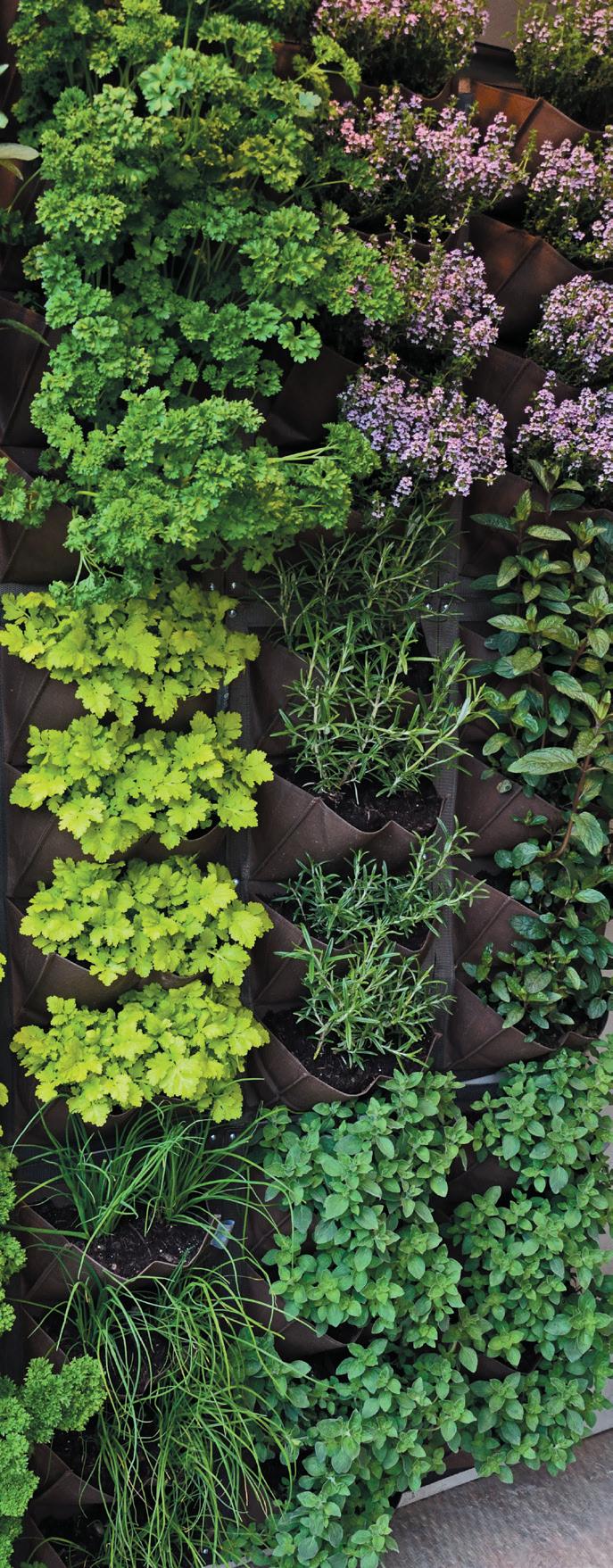
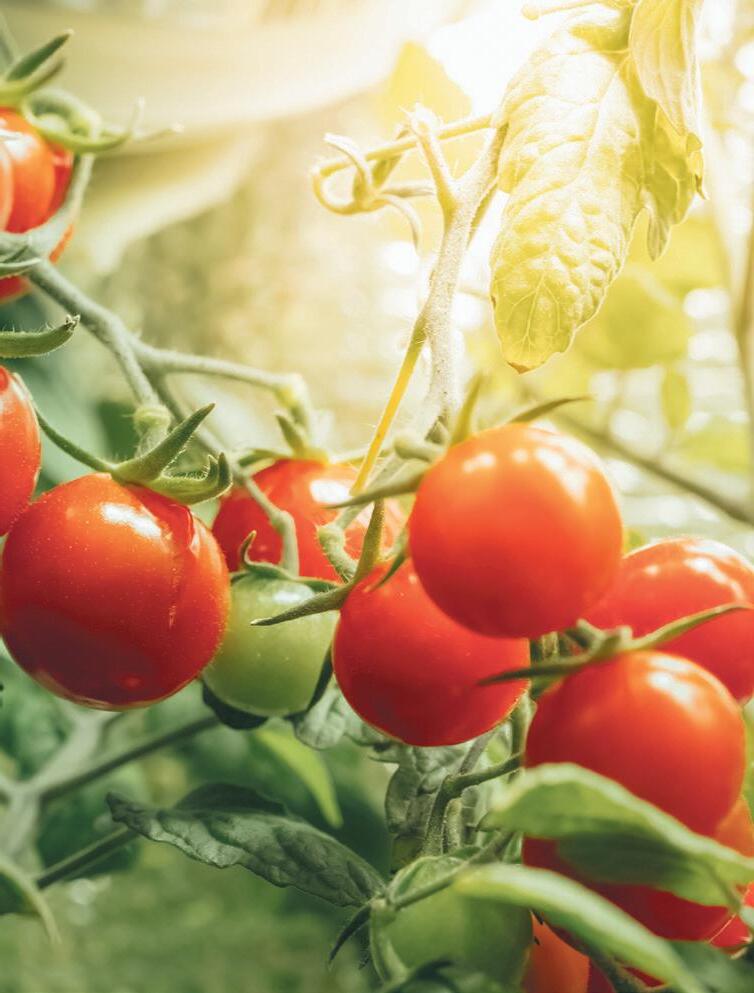
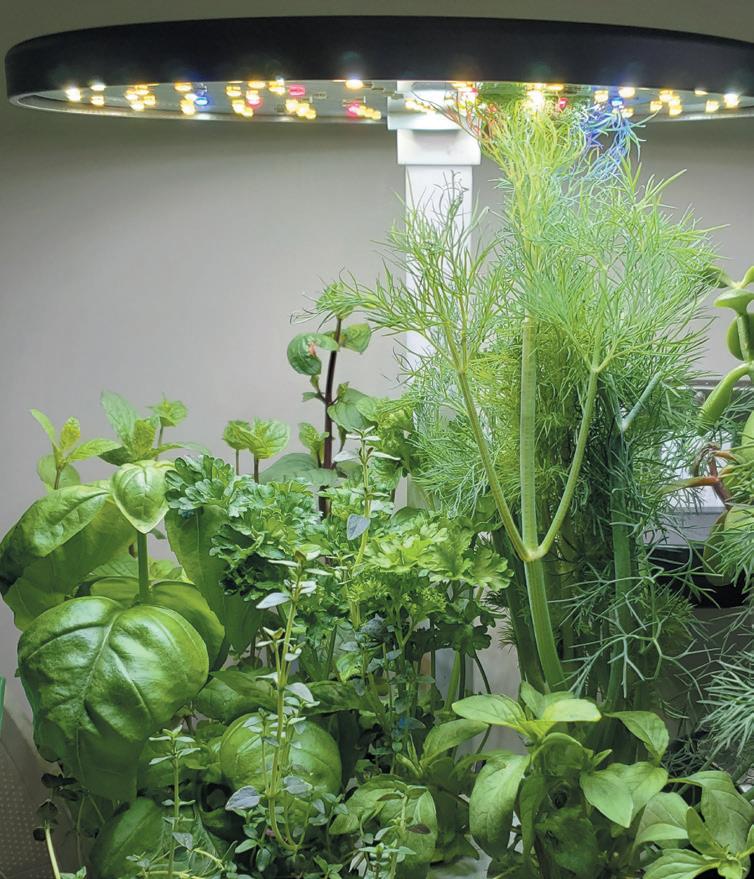


Growing plants solely with water and nutrients poses some challenges but with a bit of care and attention, it’s a fabulously clean and easy way to maximise output in small spaces. Most supermarket produce is grown using hydroponics, including tomatoes, green leafy vegetables, pumpkins, beans, peas and much, much more. In fact, 80% of fresh food in Australian supermarkets is grown using hydroponic systems.
Over time, the definition of hydroponics has expanded to include the use of substrates or growing mediums, which has made it much easier for the novice to get a toehold in this fascinating and abundant form of gardening.
For beginners, the best way to get into hydroponic systems is to start out using growing mediums such as CANNA Coco (a coconut fibre substrate) and CANNA Terra potting mix, alongside specially formulated hydroponic nutrients like CANNA Aqua Vega. This will give you a bit of wriggle room for error—meaning if a watering cycle is missed the plants will still flourish.
Check out www.canna.com.au or www.canna.co.nz to find some more great information and easy-to-follow articles about setting up and using a hydroponic system in your home.
Happy Gardening!

